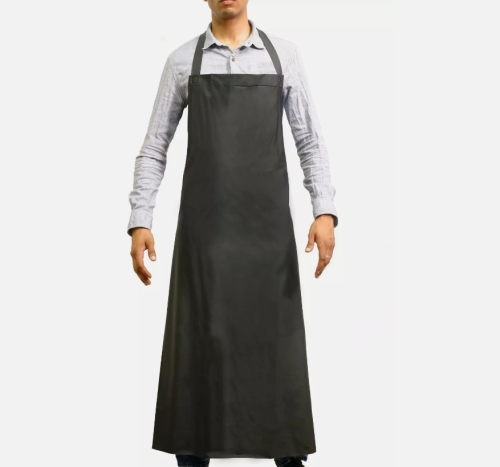The apron, a simple and practical garment, is not only a useful aid in home cooking, but also a cultural symbol. With its unique functionality and diverse design styles, it has become an indispensable accessory in the field of kitchen and crafts.
The history of aprons can be traced back to ancient times, and the earliest aprons were mainly used to protect clothing from dirt during the labor process. This design is not only practical, but over time, the apron gradually evolved into a fashion item. Today, aprons come in a variety of materials and styles, from classic cotton to wear-resistant canvas, from simple monochrome to colorful patterns, to meet the needs and preferences of different people.
In the kitchen, the apron is not just a piece of cloth, it carries the warmth of the family and the breath of life. Whether it is dust during baking or oil stains during cooking, the apron can effectively protect clothing, so that busy chefs have no worries. At the same time, some aprons are also designed with pockets for easy storage of cooking tools, so that everything you need is within reach. The meticulousness and humanization of this design make the apron a useful assistant in the kitchen.
In addition to practicality, the apron is often considered a work of art. Many aprons are crafted by designers and contain a strong personal style. Whether it is the color collocation, or the design of the pattern, it reflects the creativity of the producer and the unique aesthetic.Behind each apron, there may be a touching story, or a family tradition, or an expression of the owner's personality. In some cultures, aprons have even become a symbol of family reunions, carrying warm memories.
The charm of the apron lies not only in its practicality and aesthetics, but also in its emotional ties closely connected with family and life. Every time the apron is put on,it feels like an intimate journey with food, with loved ones, and with life begins.
















